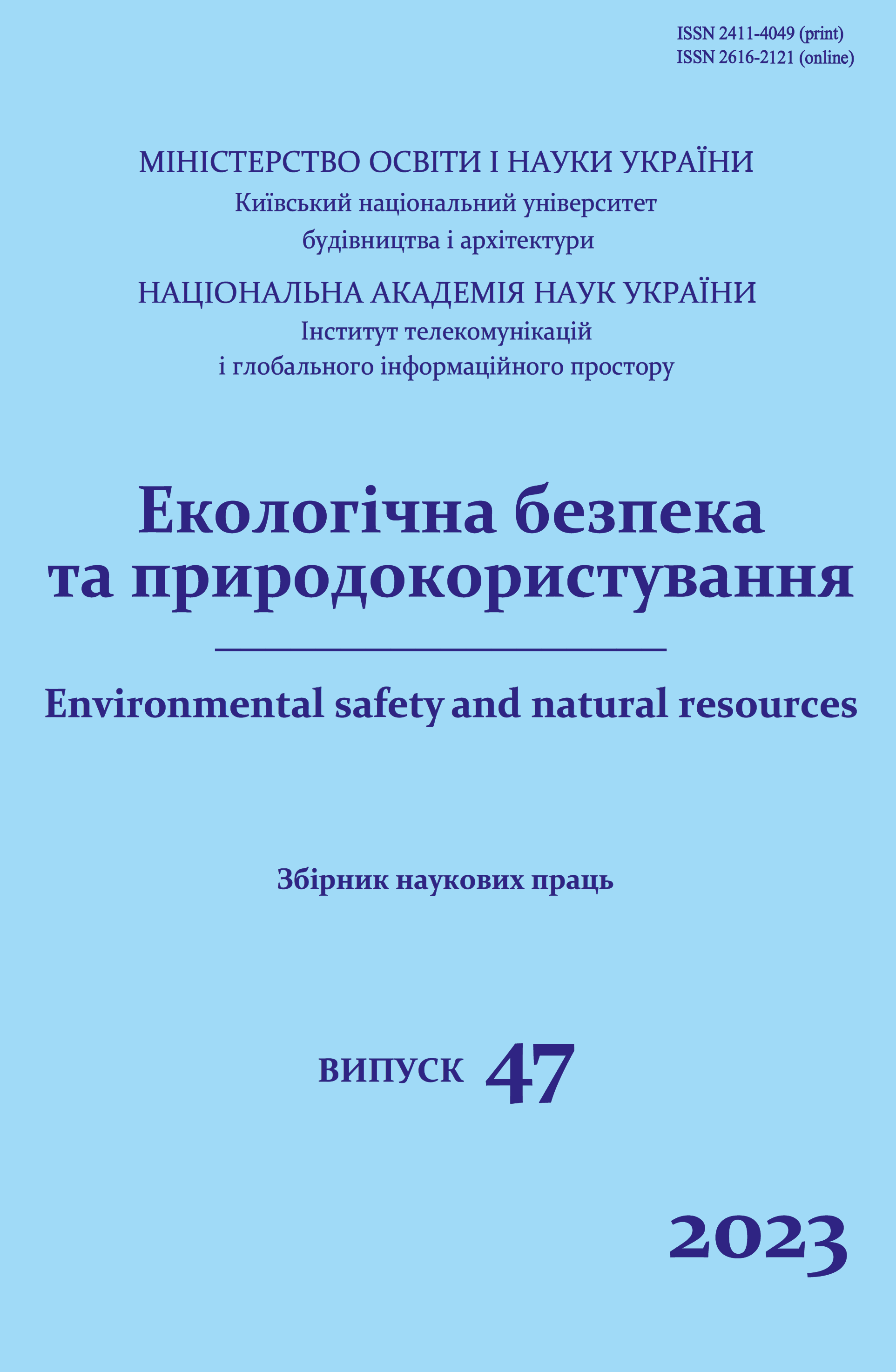Method of adaptation of cascade codes to ensure reliability of information transmission of wireless data transmission systems
DOI:
https://doi.org/10.32347/2411-4049.2023.3.133-143Keywords:
a priori uncertainty, gradient method, OFDM, Reed-Solomon codes, turbo code, coding rate, simulationAbstract
The article proposes a method of structural adaptation of cascade codes, designed to ensure the specified reliability of information transmission of wireless data transmission systems in the event of interference, due to the dynamic synthesis of combined structures of cascade codes under conditions of a priori uncertainty. The essence of the method is to identify the internal structure of the code, due to which the structure of the component codes of the turbo code is determined. It was developed using the gradient method due to the implementation of a multi-step iterative procedure for finding optimal system parameters. Implementation of the method allows to ensure the reliability of information transmission of wireless data transmission systems. To check the effectiveness of the method of structural adaptation of cascade codes, a simulation model was developed in the C++ programming language in the Visual Studio 2019 software environment, and wireless data transmission systems were simulated. The simulation results show that the combined structure of building cascade codes together with OFDM technology allows you to independently adapt the coding rate of each of the coding stages depending on the results of the analysis of the reliability of information in this cascade, which leads to the provision of the specified reliability of information transmission, while the BSPD bandwidth is reduced by 4–12% against 20–35% of known results. The use of Reed-Solomon codes in a sequential cascade scheme with turbo codes due to the adaptation of the coding rate of this cascade design allows obtaining an energy gain of 0.5–0.7 dB without increasing the bandwidth of the transmission system compared to systems that use only turbo codes. The obtained results are of significant relevance and can be implemented in the development of information transmission systems to ensure the reliability of data transmission, both in peacetime and in conditions of armed aggression of the Russian Federation against Ukraine.
References
Rastrigin, L.A. (1981). Adaptation of complex systems. Riga: Zinatne [in Russian].
Zaitsev, S.V., & Kazymyr, V.V. (2017). Structural adaptation of the turbo code coder and decoder for generating the transmission repeat request under conditions of uncertainty. Radioelectronics and Communications Systems, 60, 18–27.
Bae, J., Abotabl, A., Lin, H.P., Song, K.B., & Lee, J. (2019). An overview of channel coding for 5G NR cellular communications. APSIPA Transactions on Signal and Information Processing, 1-14. https://doi.org/10.1017/ATSIP.2019.10
Fomin, V.N., Fradkov, A.L., & Yakubovich, V.Ya. (1981). Adaptive control of dynamic objects. Moscow: Science [in Russian].
Downloads
Published
How to Cite
Issue
Section
License
Copyright (c) 2023 Zaitsev S.V., Vasylenko V.M., Trysnyuk T.V., Sokorinska N.V.

This work is licensed under a Creative Commons Attribution 4.0 International License.
The journal «Environmental safety and natural resources» works under Creative Commons Attribution 4.0 International (CC BY 4.0).
The licensing policy is compatible with the overwhelming majority of open access and archiving policies.

